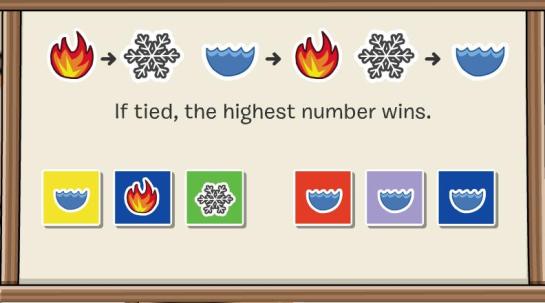I haven’t blogged in a while, but last night was an eventful night and I just had to share it. Enjoy!
It was the final evening of my off-hours L1 support rotation. As off-hours L1, I’m the first person to be alerted whenever an urgent P1 support ticket comes in outside of business hours. I’ve never gotten a support call in my previous rotations, so I was hoping I would end this rotation call-free as well. That was not meant to be, apparently.
I got a call from a number I didn’t recognize, so I did what I usually do with unknown numbers and didn’t answer it. But I decided to check the support queue anyway just in case and it turned out it was our on-call system calling me from a number I didn’t have saved. So I found the credentials to our response system and tried to log in, but the credentials didn’t work. I called the backup and he told me to try the password again. It worked now; I guess I picked up some extra characters when I was copying and pasting it the first time. It turns out the issue was in fact not a P1, and the support manager had already bumped it down to a P2 and responded to the issue to that effect. P2 tickets are handled the morning of the next business day and require no further action until then, so that was that.
Later, I was cooking dinner. I was roasting some vegetables in my toaster oven air fryer and started heating a wok on the stove on medium-high to cook some meat. I got a second call from the on-call system (which I now recognized because I saved the system’s vCard), so I went to go check it out. I’m still inexperienced at responding to off-hours support requests, so it took me a bit to figure out if it was actually a P1, but no, it was another P2. I wrote up a response similar to what the support manager responded with in the last one. Shortly after, I heard the smoke detector go off—I realize that I hadn’t flipped the vegetables, so they were probably burning! I promptly snoozed the smoke detector, unplugged the toaster oven, opened the windows, turned on all the exhaust fans, and fanned the smoke away from the smoke detector with a flattened cardboard box.
Then I noticed the stove element was glowing red: I left the stove on, too! I quickly turned off the element. The surface of the wok was dry as the heat burned off the seasoning. For reasons unknown to me, I thought it would be a good idea to add a bit of oil to the wok to cool it down and re-season it, or something. Of course it started smoking and lit up a flame. What did I expect? This isn’t my first time dealing with a grease fire, so I knew exactly what to do and kept myself collected. I found a lid and deprived it of oxygen. I watched as white smoke filled the wok under the glass lid. I resisted the temptation to lift the lid and went back to fanning the smoke out the window with the cardboard box.
After things had settled down and most of the smoke was gone, I finished cooking dinner. It was delicious.



